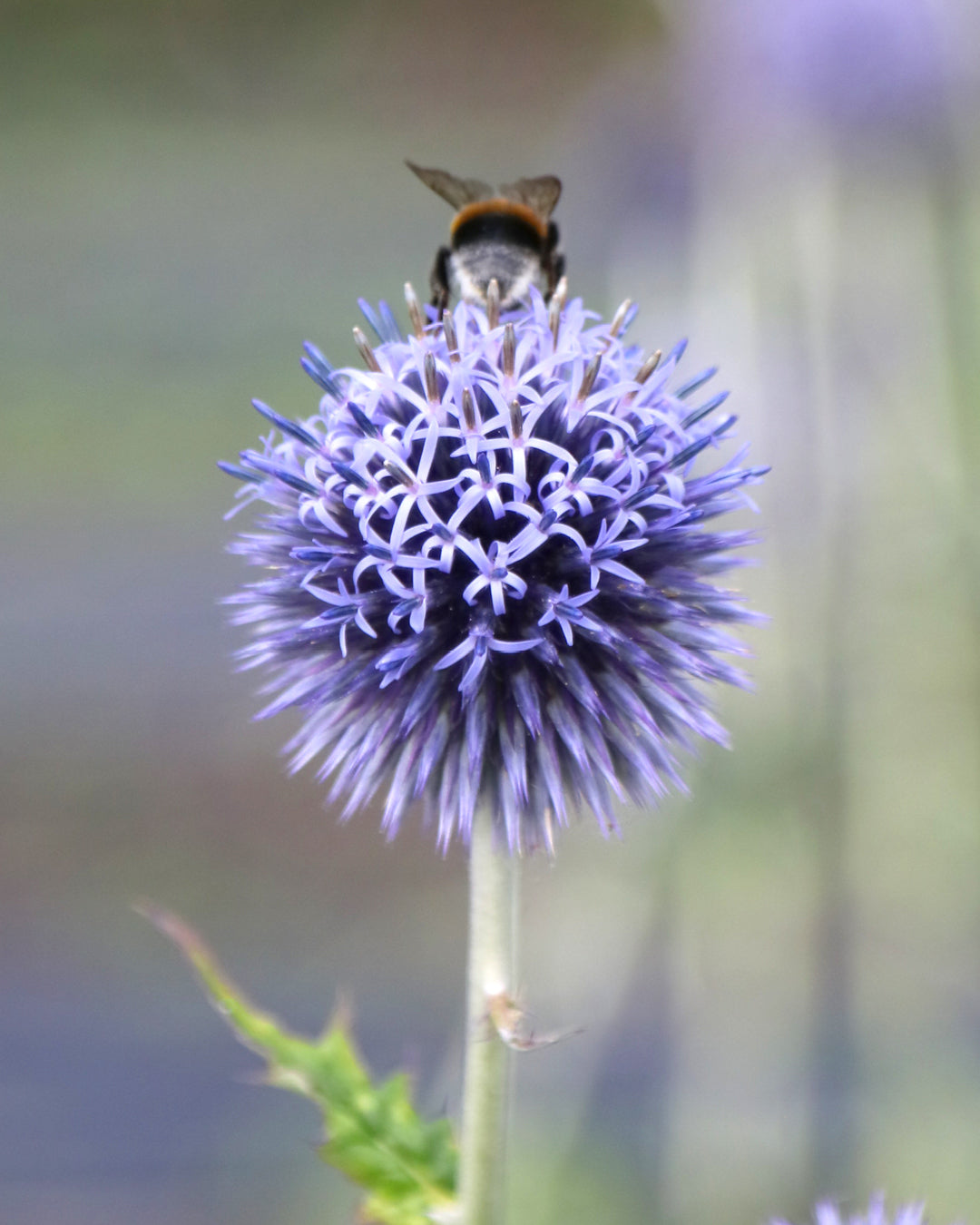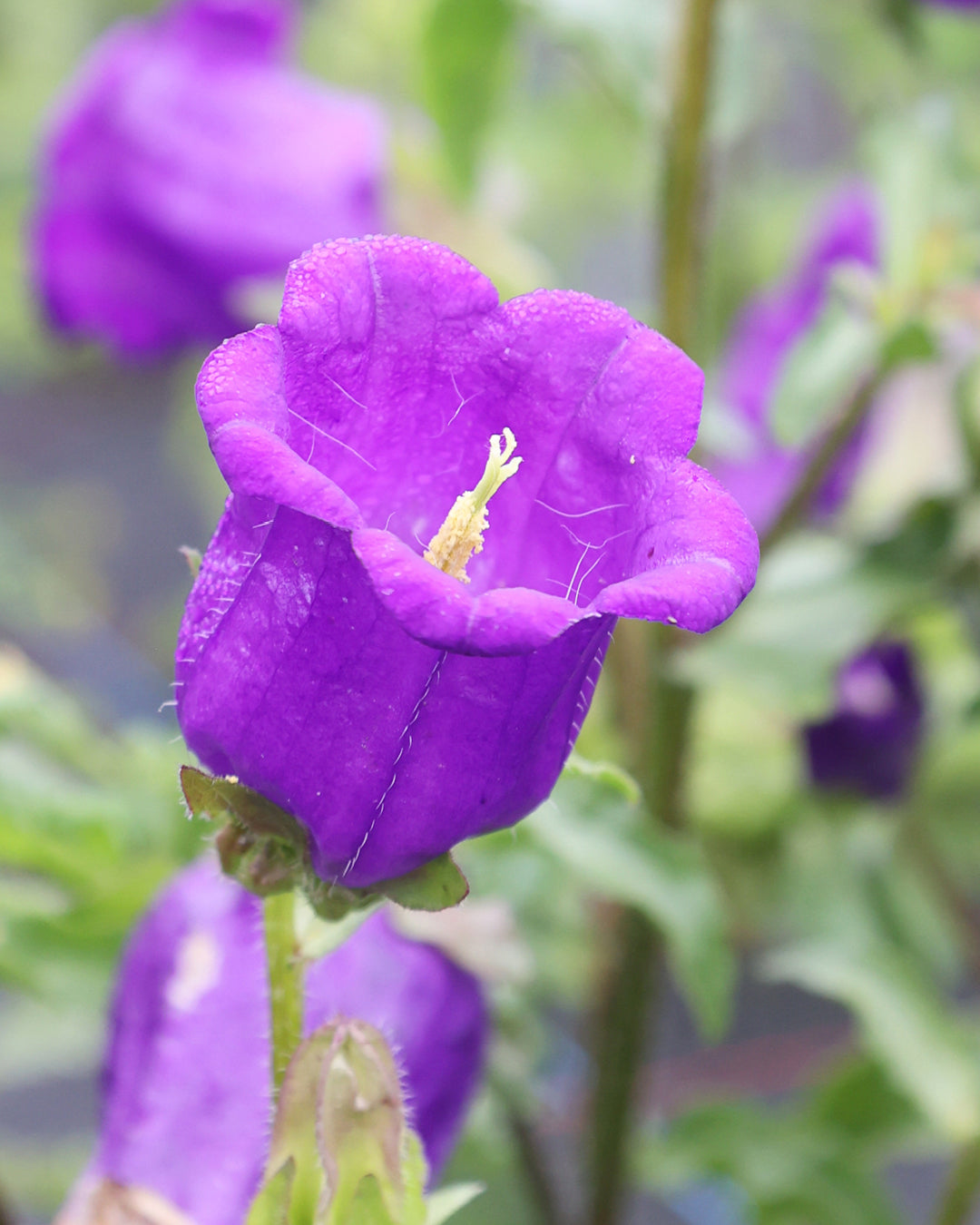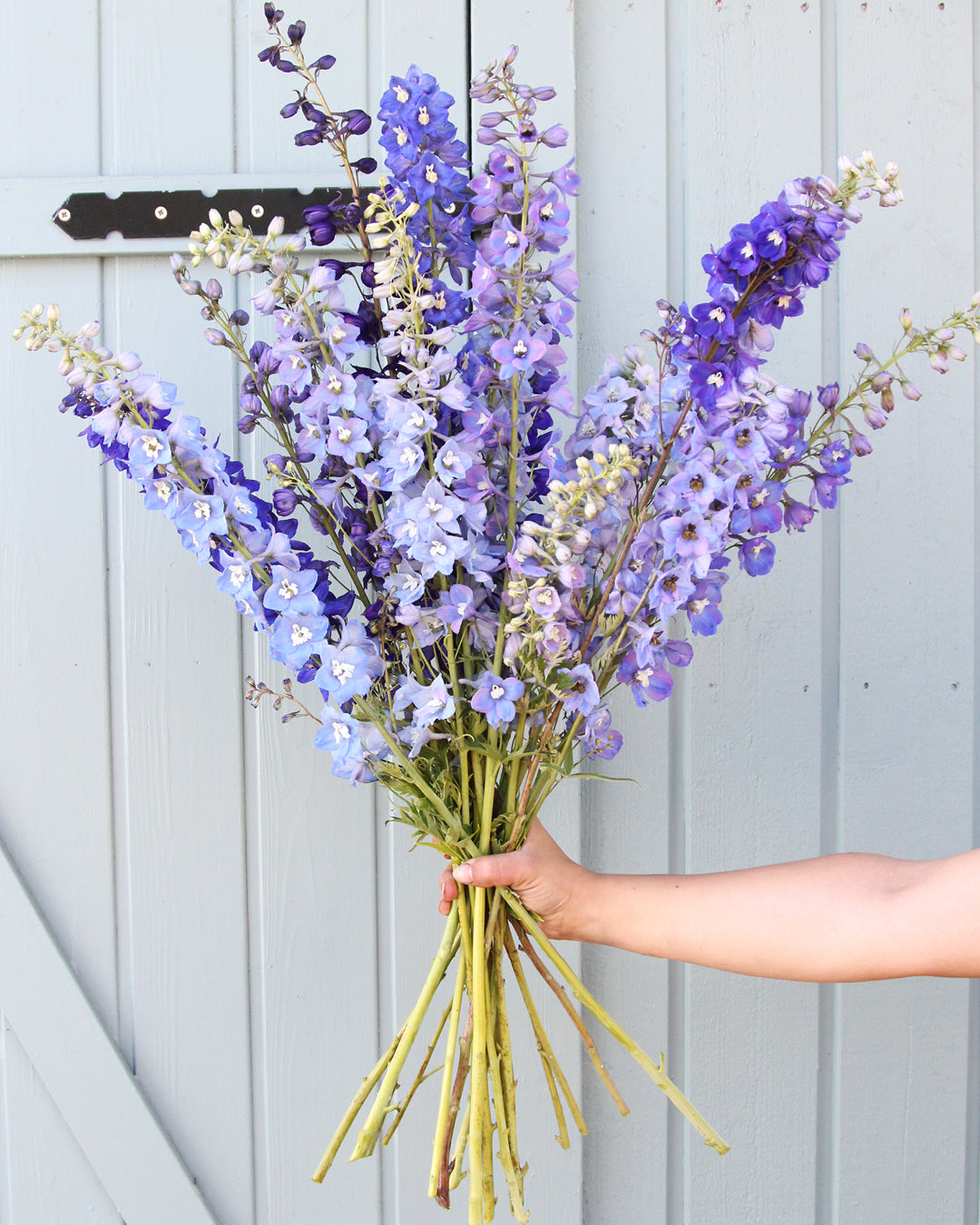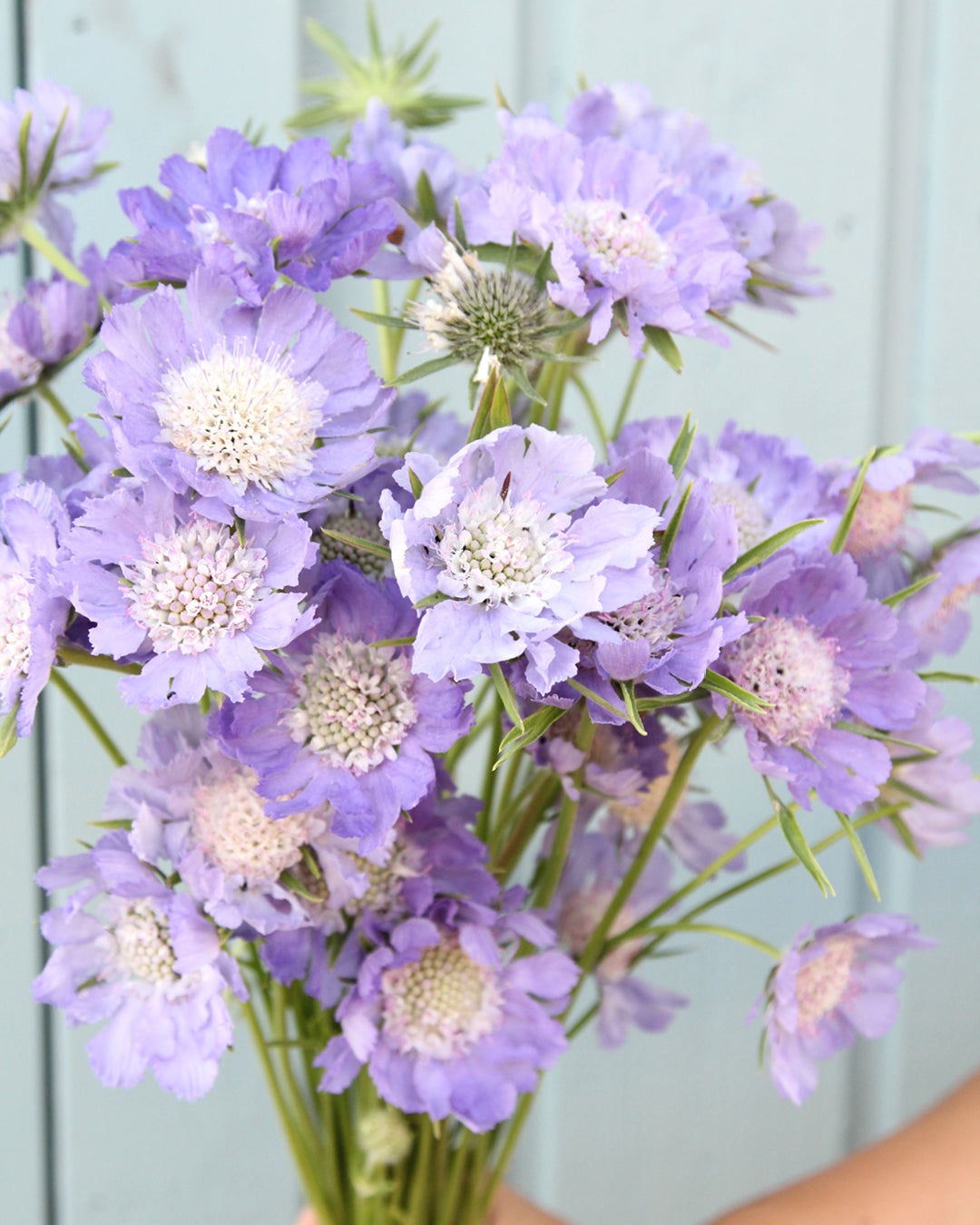Blue wonder – the bluebell enchants forests
The Atlantic bluebell (Hyacinthoides non-scripta), also known as the English bluebell, wood hyacinth, or bluebell, is an early-flowering bulbous plant in the asparagus family. As soon as the spring warmth awakens them, they timidly reveal their first blue tips.

Atlantic bluebells
The Atlantic bluebell is ideal for naturalizing in light shade. These herbaceous plants prefer slightly moist conditions and bloom in a vibrant blue-violet color. A genetic mutation occasionally causes white flowers. The 6 to 12 flowers are narrow, bell-shaped with strongly curved tips and nod to one side. They have a very intense fragrance. The flowering period begins around the same time as the main flowering period of the tulips, in mid- to late April, and ends in May. The plant can grow up to 50 cm tall. It is very robust and tends to naturalize. If the location suits it, it propagates by daughter bulbs or seeds, quickly taking over large areas.
Spanish bluebell
The Spanish bluebell 'Hyacinthoides hispanica' is also often offered in local nurseries. Its leaves are broader, and its approximately 15 flowers are more upright and arranged around the stem. It grows up to 25 cm tall, appears somewhat more robust and stiff, and blooms somewhat later than the Atlantic bluebell. This species tolerates somewhat drier conditions, but its blue is not quite as intense, and the flowers are odorless. In addition to its primary color, blue, it also rarely blooms in white or pink. The two varieties also interbreed, resulting in some hybrid forms.
In your own garden
Flower bulbs for naturalizing are a one-time investment that will more than pay for itself over the years. From October to November, plant the bulbs about 6-8 cm deep in loose, humus-rich soil. Ensure the soil is moist but not wet. Suitable locations are meadows or garden corners at the edge of woodland, especially semi-shaded spots under trees and shrubs. There, they can multiply undisturbed for many years. Fertilizing is perfectly fine; mulch is better! Only cut back the leaves when they wilt, as they continue to produce valuable nutrients that the bluebell needs for the following year until they turn yellow. If the plants are to naturalize and self-seed, this work is unnecessary. Wait until at least six weeks after flowering before mowing, as only then have the plants completed their vegetation cycle and stored important reserves.
Wild occurrence
Bluebells thrive in deciduous forests, such as beech or birch, whose foliage still allows sufficient sunlight to penetrate in spring. They are optimally adapted to the annual rhythm of the open forest. By the time the canopy closes, they have largely stored their reserves for the following year, and the leaves soon wither. Despite the ideal conditions in German forests, the English bluebell is rarely found in the wild. Therefore, the plant is under strict protection. In England, too, it is now considered an endangered species. It is particularly threatened by the invasion of the Spanish bluebell.
TEXT: Victoria Wegner
















